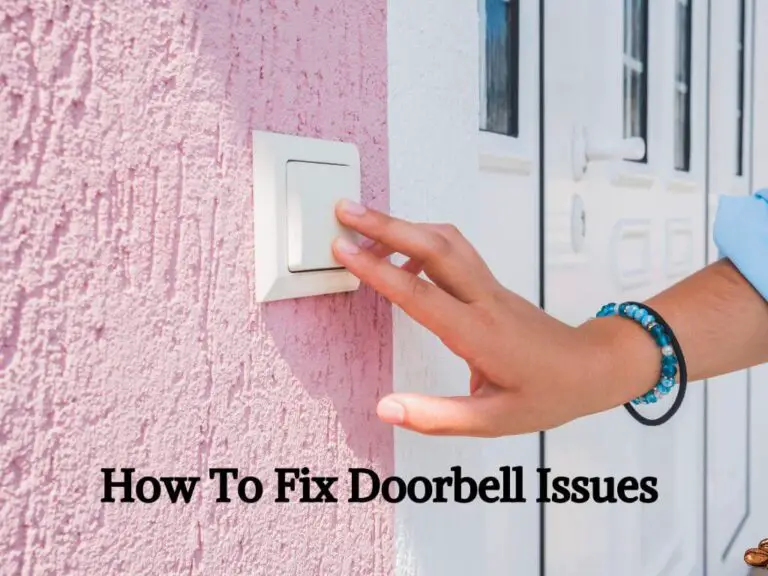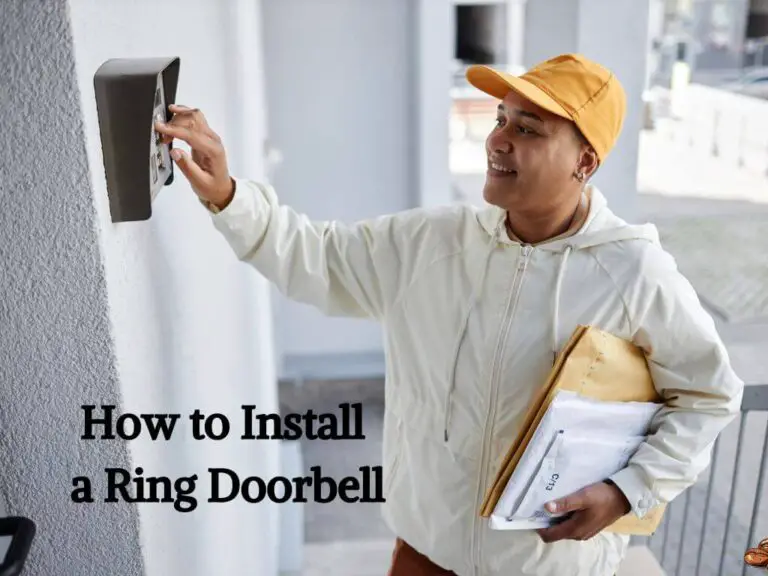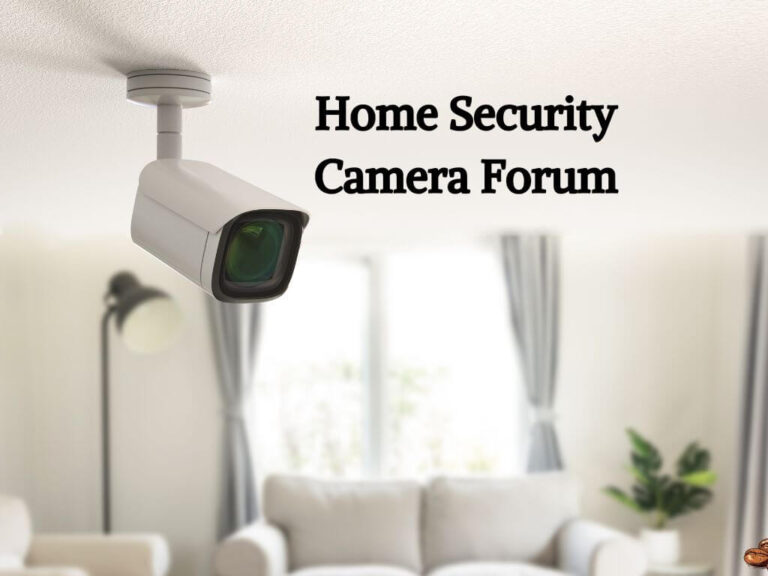Types of smart home devices include smart thermostats, lighting, security systems, and speakers. Also common are smart locks, cameras, and appliances.
Smart home technology has revolutionized how we interact with our living spaces. These devices offer convenience, energy efficiency, and enhanced security, reshaping the way we manage household tasks. Equipped with connectivity, typically through Wi-Fi or Bluetooth, these gadgets can be controlled remotely via smartphones or voice commands.
Users can adjust their home environment to their preferences, even when they’re away. As the Internet of Things (IoT) expands, smart homes are becoming increasingly integrated, allowing devices to communicate with one another for an even more seamless experience. The adoption of these smart devices is on the rise, thanks to their ability to simplify routines and contribute to a modern, connected lifestyle.
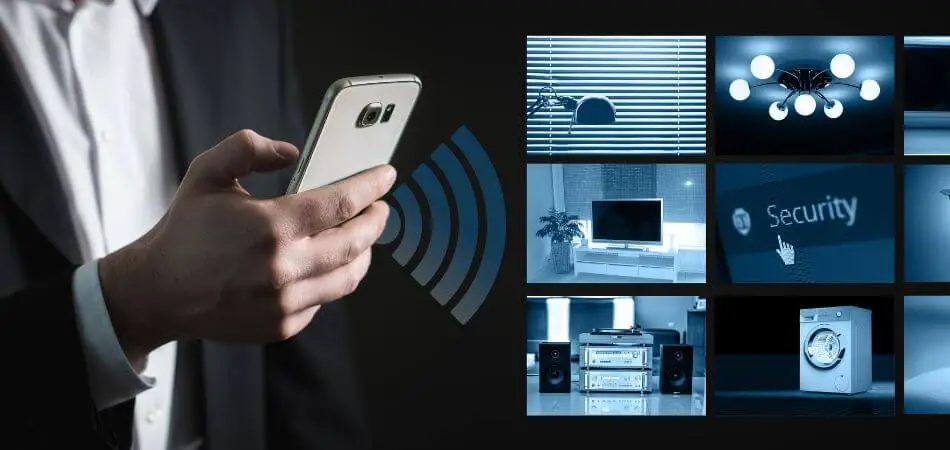
Exploring Smart Home Device Varieties
Smart homes are no longer futuristic concepts; they are a present reality enhancing our daily routines. With a myriad of devices available, understanding the different types of smart home technology is essential. These gadgets offer convenience, energy efficiency, and heightened security, transforming how we interact with our living spaces. Let’s dive into the core categories of smart home technology and explore their impacts on our daily lives.
Core Categories Of Smart Home Technology
Smart home devices span across various functions and capabilities. Here is a breakdown of some key categories:
- Smart Assistants: Voice-controlled devices that manage tasks and control other smart devices.
- Smart Lighting: LED bulbs and lighting systems you can control remotely or program based on your schedule.
- Smart Thermostats: Devices that learn your heating and cooling preferences and adjust the temperatures accordingly.
- Smart Security: Includes smart locks, security cameras, and alarm systems to bolster home safety.
- Smart Entertainment: Devices such as smart TVs and speakers that provide interactive media experiences.
- Smart Appliances: From refrigerators to washing machines, these appliances offer advanced features like remote monitoring and control.
Smart Devices’ Impact On Daily Living
Integrating smart technology into our homes revolutionizes everyday living. The following highlights demonstrate the profound influence of smart devices:
| Aspect of Life | Impact of Smart Devices |
|---|---|
| Convenience | Streamlined control over home functions with voice commands or a mobile app. |
| Energy Efficiency | Devices that optimize energy use, resulting in reduced utility bills and environmental impact. |
| Security | Enhanced security measures through real-time alerts and remote monitoring capabilities. |
| Comfort | Automated environmental adjustments for optimal comfort based on personalized settings. |
| Entertainment | Customizable multimedia experiences tailored to individual preferences and mood. |
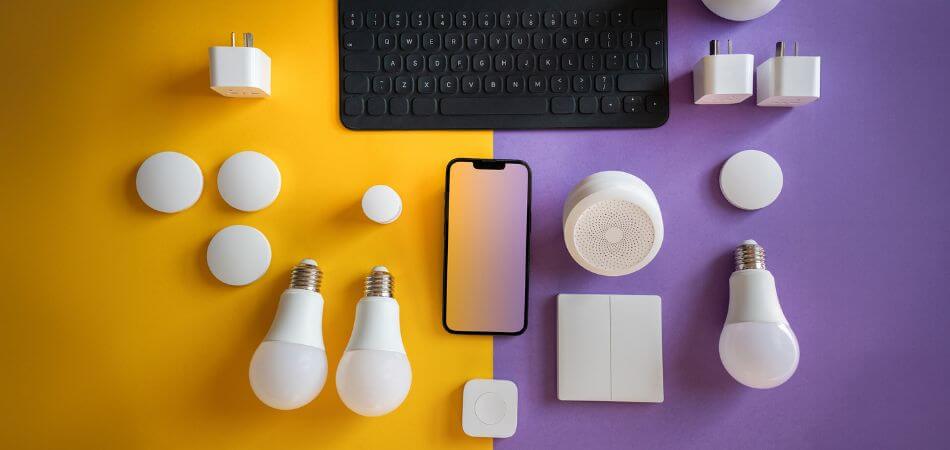
Lights & Environment Control
Revolutionizing the comfort and convenience of modern living, smart home devices specific to Lights & Environment Control have seen massive advancements. From tuning the ambiance of your living space with a simple voice command to automating temperature control for energy efficiency, the transformative power of these devices cannot be understated.
Smart lighting solutions
Smart Lighting Solutions
Smart lighting goes beyond mere illumination. These cutting-edge solutions provide users with the ability to customize the brightness, color, and even warmth of their lights. Devices in this category range from smart bulbs and LED strips to intelligent light panels.
- Control lights remotely via smartphone apps or voice commands
- Set schedules and scenes to adjust the lighting to match daily routines
- Integrate with other smart home systems for a seamless experience
Thermostats for temperature optimization
Thermostats For Temperature Optimization
Effective temperature management is pivotal for both comfort and energy savings. Smart thermostats learn from your habits to create schedules that align with your lifestyle while conserving energy when you’re away.
- Adjust temperature from anywhere using mobile devices
- View energy consumption reports to track and manage usage
- Compatibility with various home heating and cooling systems
Smart blinds and window treatments
Smart Blinds And Window Treatments
Smart blinds are the silent guardians of your home’s natural lighting and privacy. Automatically adjust your home’s light intake and privacy with these motorized window treatments.
- Open and close via automated schedules or by sensing light levels
- Integrate with smart home ecosystems for voice and remote control
- Enhance insulation, contributing to overall energy efficiency
Pros & Cons
Pros & Cons
| Pros | Cons |
|---|---|
|
|
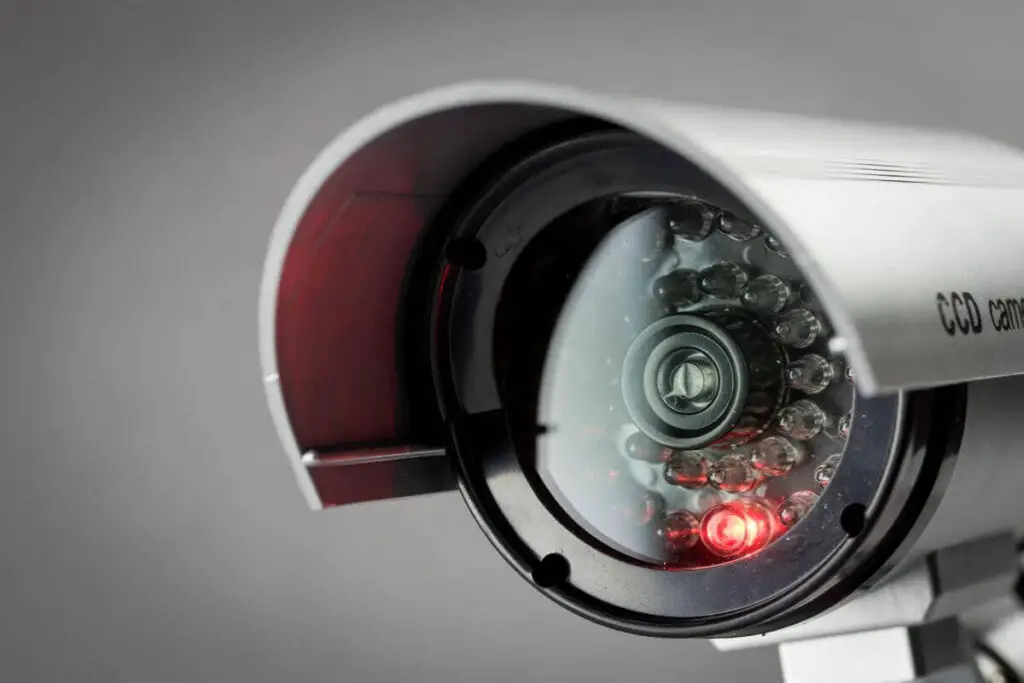
Security And Surveillance
Ensuring safety and maintaining diligent watch over property are paramount concerns in today’s world. Smart home technology has revolutionized the way homeowners approach security and surveillance. These innovative devices offer not just convenience but also peace of mind through real-time monitoring, alerts, and remote control capabilities. Be it deterring potential intruders or simply checking in on your home while at work or on vacation, the array of smart security devices makes it all possible. Let’s delve into the core components that make up a robust smart home security system.
Types Of Smart Security Cameras
Smart security cameras stand as vigilant sentinels, ready to record and alert homeowners to any unusual activity. These cameras come in various forms:
- Indoor Cameras: For monitoring interior spaces, providing live feeds, and recording footage when motion is detected.
- Outdoor Cameras: Rugged and weatherproof, designed to surveil the home’s exterior.
- Wireless Cameras: Offer flexibility in placement and easy installation since they don’t require cabling.
- Wired Cameras: Dependable and not susceptible to Wi-Fi interference, but installation can be more complex.
- Pan/Tilt/Zoom (PTZ) Cameras: Allow remote control of the camera’s direction and zoom for thorough monitoring.
Smart Locks And Doorbell Cameras
Combining convenience with security, smart locks and doorbell cameras are the front line of smart home defense. Smart locks offer keyless entry, allowing doors to be unlocked via smartphones, codes, or even fingerprints. Meanwhile, doorbell cameras provide a dual benefit, functioning both as a doorbell and a camera to see and speak with visitors remotely.
Motion Sensors
Integral to a responsive security setup, motion sensors detect movement within their range, triggering pre-set actions such as turning on lights, sending an alert, or starting a camera recording. These sensors often employ infrared technology and can be tuned to ignore pets, reducing false alarms.
Pros & Cons
| Pros | Cons |
|---|---|
|
|
Entertainment & Connectivity
Welcome to the dynamic world of smart home entertainment and connectivity—a realm where technological wonders transform your living space into an advanced, interconnected haven. Embrace the seamless integration of devices as we delve into the types of smart home gadgets that redefine the way you relax, entertain, and stay plugged into the digital age.
Smart Speakers And Voice Assistants
Smart speakers and voice assistants stand at the forefront of conversational technology. They not only stream music with high-fidelity sound but also act as the central hub for controlling various aspects of your smart home. Pioneers like Amazon Echo, Google Home, and Apple HomePod have revolutionized the way we interact with our devices, aligning with our preferences to offer a personalized experience.
- Hands-free commands for music, news, and more
- Integration with other smart devices for unified control
- Regular updates for continuous feature expansion
Streaming Devices And Smart Tvs
Consuming media has never been so effortless, with streaming devices and smart TVs leading the change. Products like Roku, Amazon Fire Stick, and Apple TV convert any television into a portal for endless entertainment. Meanwhile, smart TVs integrate streaming capabilities directly, offering a sleek and unified package for all your video content needs.
- Access to a vast library of streaming services
- High-definition viewing with 4K and HDR options
- User-friendly interfaces with voice-controlled searches
Home Network Devices For Smarter Connectivity
The backbone of any smart home is its network. Devices such as mesh Wi-Fi systems, smart routers, and network extenders ensure that every corner of your space has strong and stable internet. With these devices, connectivity woes become a thing of the past, and your smart home ecosystem thrives.
| Device Type | Benefit |
|---|---|
| Mesh Wi-Fi Systems | Seamless coverage across larger areas |
| Smart Routers | Optimized network traffic and security |
| Network Extenders | Enhanced signal for hard-to-reach zones |
Pros & Cons
Entertainment and connectivity devices carry their share of advantages and disadvantages.
- Improved lifestyle with convenient, on-demand access to entertainment and information
- Enhanced home efficiency, saving time on everyday tasks
- Smooth multi-device interplay creating a cohesive smart home environment
- Initial setup and ongoing maintenance may require technical savvy
- Higher upfront costs for premium devices
- Potential privacy concerns if not properly secured
Smart Home Hubs And Controllers
Imagine stepping into a home that responds to your every command. The lights dim as you settle in for a movie night, the temperature adjusts to your perfect comfort level, and your favorite playlist fills the room, all without lifting a finger. This isn’t a scene from a sci-fi movie; it’s the reality of living in a smart home. Central to this convenience are smart home hubs and controllers, the brains that orchestrate all your smart devices seamlessly.
Centralized Smart Home Management
A smart home hub acts as the command center for your household devices. By connecting various smart components to a central hub, you gain the ability to control them through one interface. Whether it’s lighting, security cameras, thermostats, or entertainment systems, a hub allows for streamlined management and automation of routines, making life simpler and your home smarter.
Compatibility Across Various Devices
- Brand Flexibility: Hubs often support devices from multiple manufacturers, permitting a diverse and customized smart home ecosystem.
- Communication Protocols: They bridge different protocols such as Zigbee, Z-Wave, and Wi-Fi, ensuring smooth communication between devices.
- Mobile App Integration: Most hubs come with a compatible app, enabling remote control from smartphones or tablets.
Pros & Cons
| Pros | Cons |
|---|---|
|
|
Maintenance And Convenience Tools
Embracing smart home technology often begins with devices intended to simplify maintenance and enhance convenience around your home. From cleaning to cooking, and even yard work, these innovations are designed to automate mundane tasks. This freeing up of time allows homeowners to focus on more important aspects of their life, while saving energy and improving home management. Let’s explore the various smart devices that are setting new standards for a convenient and well-maintained home.
Robotic Vacuum Cleaners
Robotic vacuum cleaners have revolutionized the way we clean our floors. These intelligent devices navigate through living spaces, removing dirt and debris with minimal human intervention. Equipped with sensors, they can avoid obstacles and even return to their docking stations for recharging.
- Automated cleaning schedules – Set times for your robotic vacuum to clean, whether you’re at home or away.
- Smart home integration – Many models can be controlled via smartphone apps or through voice commands with devices like Amazon Alexa or Google Assistant.
- Diverse cleaning modes – From spot cleaning to entire level cleaning, these vacuums can adapt to various needs.
Smart Kitchen Appliances
Sophisticated smart kitchen appliances have brought convenience into the culinary world. These gadgets can often be remotely controlled and monitored through mobile apps, making it easy to manage cooking tasks.
- Smart refrigerators – Keep track of grocery lists, expiration dates and even display family calendars.
- Smart ovens – Preheat your oven on your way home or use special modes for perfectly cooked meals.
- Smart dishwashers – Monitor cycle progress and receive alerts when dishes are clean.
Lawn Care And Gardening Devices
Outdoor maintenance can be both time-consuming and labor-intensive. Smart lawn care and gardening devices aim to streamline the upkeep of outdoor spaces.
- Robotic lawnmowers – These can be programmed to cut the grass at specific times, allowing for a consistently manicured lawn without lifting a finger.
- Smart irrigation systems – Control watering schedules from your phone to ensure your garden gets the right amount of hydration.
- Solar-powered garden lights – Illuminate your pathways and highlight landscaping without the need for manual operation.
Pros & Cons
| Device Type | Pros | Cons |
|---|---|---|
| Robotic Vacuum Cleaners | Efficient, time-saving, and adaptable to different cleaning needs. | Can be expensive, may require maintenance, and might not replace deep cleaning. |
| Smart Kitchen Appliances | Enhance cooking convenience, improve energy efficiency, and offer remote access. | High initial investment and some may have a steep learning curve. |
| Lawn Care Devices | Automate yard work, offer precise control over watering, and improve garden health. | May struggle with complex gardens and require supervision for obstacles. |
Each smart home device brings not only a promise of ease but also considerations of cost and practicality. It’s crucial to assess individual needs and the potential return on investment before adopting these technological solutions for home maintenance and convenience.
Health & Comfort Through Devices
Embracing smart home technology can transform not only how you interact with your home but also how you manage your health and comfort. Today’s innovative devices offer seamless integration to monitor, improve, and maintain various aspects of your well-being. From tracking your sleep patterns to ensuring optimal air quality, smart home gadgets are becoming an essential part of maintaining a healthy lifestyle.
Sleep And Wellness Tracking Devices
Good sleep is foundational to health, and smart technology offers a variety of devices to help track and promote better sleep patterns. Devices like smart mattresses and wearable sleep trackers sync with your smartphone to provide insights into your sleep quality. They monitor aspects such as sleep duration, disturbances, and cycles, often providing actionable advice to improve sleep quality.
- Smart Mattresses: Equipped with sensors to monitor movement, heart rate, and breathing.
- Wearable Trackers: Track sleep patterns and provide detailed reports via paired apps.
Air Purifiers And Smart Humidifiers
Maintaining the right air quality and humidity levels plays a critical role in your health. Smart air purifiers can detect pollutants and allergens and automatically adjust settings to clean the air. Similarly, smart humidifiers regulate moisture levels, which is crucial for comfort, especially in climates prone to dry air.
| Device Type | Functionality |
|---|---|
| Smart Air Purifiers | Remove air pollutants and allergens with automated adjustments. |
| Smart Humidifiers | Keep optimal moisture levels with auto-regulating features. |
Pros & Cons
While smart home devices for health and comfort come with many benefits, it’s important to weigh them against any potential drawbacks.
Pros:
- Improved Health Insights: Access to detailed data can lead to healthier lifestyle choices.
- Convenience: Automated features save time and effort.
- Customization: Personalized settings cater to individual needs for comfort and well-being.
Cons:
- Initial Cost: Advanced technology often comes with a higher price tag.
- Complexity: Learning to use and maintain these devices can be challenging for some.
- Dependency on Tech: Over-reliance on devices may inhibit natural health-regulating habits.
Smart Alarms
Transforming traditional home security, smart alarms offer cutting-edge features that provide peace of mind and effective protection. With the integration of the latest technology, homeowners now have the power to monitor and secure their homes anytime, anywhere. Explore the innovative world of smart alarms as we delve into wireless systems, remote controls, and comprehensive smart security solutions that redefine home safety in the digital age.
Wireless Alarm Systems
Gone are the days of complex installations and a tangle of wires. Wireless alarm systems provide a sleek, hassle-free approach to home security:
- DIY Installation: Easy to set up without professional help.
- Flexible Placement: Devices can be located anywhere within wireless range.
- Scalability: Effortlessly add or remove sensors as needed.
These systems use advanced technologies such as Wi-Fi, Z-Wave, or Zigbee to maintain a reliable network of sensors and cameras, ensuring a fortified home environment.
Remote Alarm Control
Embrace the power to secure your home from the palm of your hand. Remote alarm control systems are the gatekeepers of modern home security:
- Real-Time Alerts: Receive instant notifications on your smartphone.
- Arm/Disarm Remotely: Activate or deactivate your system from anywhere.
- Customized Settings: Tailor the system to meet personal security needs.
With a user-friendly app, you gain direct insight and control over your home’s security, resulting in improved responsiveness in emergency situations.
Smart Security Solutions
Smart security solutions are the pinnacle of home surveillance and protection. These comprehensive systems integrate multiple devices to create a robust security ecosystem:
| Device | Function |
|---|---|
| Smart Cameras | Continuous video monitoring with live streaming. |
| Door/Window Sensors | Detect unauthorized entry points. |
| Motion Detectors | Trigger alarms when unexpected movement is observed. |
| Smart Locks | Manage access with keyless entry and unique user codes. |
Integrated with artificial intelligence and machine learning, these smart security solutions not only alert homeowners of potential threats but can also predict and prevent breaches before they occur.
Types Of Smart Home Devices For Assistance
Welcome to the innovative world of smart home technology, where existing devices elevate to provide not only convenience but also assistance. With advancements in Internet of Things (IoT) and artificial intelligence (AI), an array of smart home devices are specially designed to aid with everyday activities, enhancing lifestyles and offering support where it’s needed most. In this segment, we delve into the types of smart home devices for assistance, focusing on the incredibly capable personal assistants, smart wearables, and devices tailor-made for accessibility.
Personal Assistants And Smart Wearables
The era of digital assistance is well and truly upon us, simplifying tasks and managing our personal lives with exceptional finesse.
- Personal Assistants: These AI-driven devices, such as Amazon Alexa, Google Assistant, and Apple’s Siri, offer voice-controlled convenience that helps streamline daily to-dos, set reminders, provide entertainment, and control other smart home devices.
- Smart Wearables: Ranging from smartwatches like the Apple Watch to fitness trackers such as Fitbit, these devices track health stats, alert users to notifications, and even detect falls, sending emergent signals when needed.
Both personal assistants and smart wearables seamlessly integrate into your smart home ecosystem, providing a hands-free, interconnected experience that can adapt to individual needs and preferences.
Accessibility-enhancing Devices For The Differently-abled
Smart home technology truly shines when addressing the needs of the differently-abled, offering innovative solutions to enhance accessibility and independence.
| Device Type | Function | Examples |
|---|---|---|
| Voice-Activated Devices | Control home appliances and systems hands-free. | Amazon Echo, Google Nest Hub |
| Smart Doorbells & Locks | Offer visual, audio alerts and remote unlocking features. | Ring, August Smart Lock |
| Automated Lighting Systems | Adjust lighting with voice commands or mobile apps. | Philips Hue, LIFX Bulbs |
| Smart Thermostats | Set and control the temperature with ease. | Nest Thermostat, Ecobee |
These devices facilitate tasks that might otherwise pose a challenge, empowering users with diverse abilities to manage their living environments effectively and confidently.
Frequently Asked Questions Of Types Of Smart Home Devices
What Are Smart Home Devices?
Smart home devices are electronic gadgets that connect to home networks, typically via Wi-Fi. They allow remote control, monitoring, and interaction with household systems, enhancing convenience, energy efficiency, and security.
How Do Smart Lights Work?
Smart lights use wireless transmissions to enable control through apps or voice commands. They can change color, brightness, and turn on or off on a schedule, or via sensors and smart home integrations.
Can Smart Thermostats Save Money?
Yes, smart thermostats learn your schedule to optimize heating and cooling. They adjust temperatures automatically for energy savings, potentially reducing bills and offering insights into your energy consumption.
What Is A Smart Speaker?
A smart speaker is a voice-controlled device that plays music, provides information, controls smart home devices, and offers virtual assistant capabilities. It connects to the internet for various interactive functions.
Conclusion
Smart home devices offer incredible convenience and control. From voice assistants to automated lighting, choices abound. Matching tech to your lifestyle enhances comfort and efficiency. Embrace innovation and personalize your living space with the smart device that fits you best.
Discover your ideal connected home setup now.

